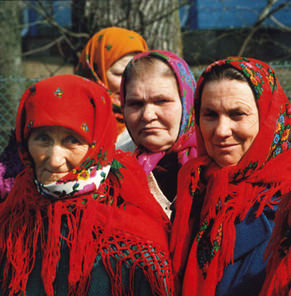Recent publications
First Thomas S. Tenforde Topical Lecture: The Ethics of Radiological Protection
- Details
- Category: Articles
- Published: Monday, 01 February 2016 12:10
LOCHARD J.
Health Physics, 2016, Vol. 110, N° 2, pp.201-210
Abstract
The International Commission on Radiological Protection system of radiological protection is based on three pillars: science, ethical and social values, and experience. As far as ethics and the protection of humans are concerned, the system combines the values of beneficence/non-maleficence, prudence, justice, and dignity. Beneficence and non-maleficence are directly related to the aim to prevent deterministic effects and to reduce the risk of stochastic effects. Prudence allows taking into account uncertainties concerning both the deterministic and stochastic effects of radiation on health. Justice is the way to ensure social equity and fairness in decisions related to protection. Over the past decade, the system has also integrated procedural values such as right to know, informed consent, stakeholder involvement and self-help protection, and reflecting the importance to properly inform and also preserve the autonomy and dignity of the individuals potentially or actually exposed to radiation. In practice, the search for reasonable levels of protection and tolerable exposure
levels is a permanent questioning that depends on the prevailing circumstances in order to act wisely; i.e., with the desire to do more good than harm (beneficence/non-maleficence), to avoid unnecessary exposure (prudence), to seek fair distribution of exposures (justice), and to treat people with respect (dignity).
(A1244)

 CEPN is a non-profit organisation created in 1976 to establish a research and development centre in the fields of optimisation of radiological protection and comparison of health and environmental risks associated with energy systems.
CEPN is a non-profit organisation created in 1976 to establish a research and development centre in the fields of optimisation of radiological protection and comparison of health and environmental risks associated with energy systems.
